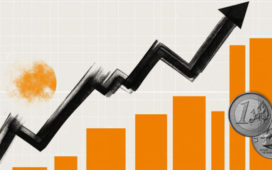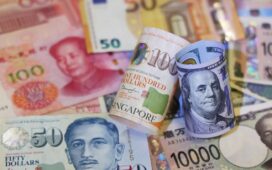Speaking at a new conference, Taiwanese central bank Governor Yang Chin-long clarified that the “US did not ask Taiwan Dollar (TWD) to appreciate.”
Additional quotes
- Urge market commentators not to speculate on the TWD issue.
- Urge companies not to listen to untrue analysis, have unreasonable expectations and sell their US Dollar positions.
- Taiwan does not manipulate the exchange rate.
- Taiwan’s trade surplus with the US has widened in recent years, mainly due to an increase in US demand for Taiwan’s information and communications technology rather than exchange rate factors.
- Volatility of the Taiwan Dollar against the US Dollar has widened, as foreign fund inflows to Taiwan stocks and companies’ expectations of the TWD appreciating.
- Like to stress that central bank did not attend US-Taiwan tariff talks, meaning no discussion of foreign exchange rate.
- We as the central bank would not manipulate the forex exchange rate.
- We will try out best to maintain market stability.
- We hope market will calm down.
- I personally think the Taiwan Dollar is overly fluctuating, it’s not good.
- Expectations of strong appreciation are big, we have intervened appropriately.
- Forex has been abnormal in the past few days.
- We hope it will end here (speaking about recent abnormal exchange rate activity).
- We are watching fund flows very closely.
- We have found some are attempting to speculate on forex.
- Small- and mid-size exporters joined big-size exporters in selling their US Dollar positions today.
The central bank Chief delivered conciliatory remarks after the Taiwan Dollar (TWD) surged as much as 6% against the US Dollar (USD) on Monday, the most significant intraday gain in over three decades, on speculation that the Asian economy is planning to revalue its currency to shield against the US tariffs.
Tariffs FAQs
Tariffs are customs duties levied on certain merchandise imports or a category of products. Tariffs are designed to help local producers and manufacturers be more competitive in the market by providing a price advantage over similar goods that can be imported. Tariffs are widely used as tools of protectionism, along with trade barriers and import quotas.
Although tariffs and taxes both generate government revenue to fund public goods and services, they have several distinctions. Tariffs are prepaid at the port of entry, while taxes are paid at the time of purchase. Taxes are imposed on individual taxpayers and businesses, while tariffs are paid by importers.
There are two schools of thought among economists regarding the usage of tariffs. While some argue that tariffs are necessary to protect domestic industries and address trade imbalances, others see them as a harmful tool that could potentially drive prices higher over the long term and lead to a damaging trade war by encouraging tit-for-tat tariffs.
During the run-up to the presidential election in November 2024, Donald Trump made it clear that he intends to use tariffs to support the US economy and American producers. In 2024, Mexico, China and Canada accounted for 42% of total US imports. In this period, Mexico stood out as the top exporter with $466.6 billion, according to the US Census Bureau. Hence, Trump wants to focus on these three nations when imposing tariffs. He also plans to use the revenue generated through tariffs to lower personal income taxes.





